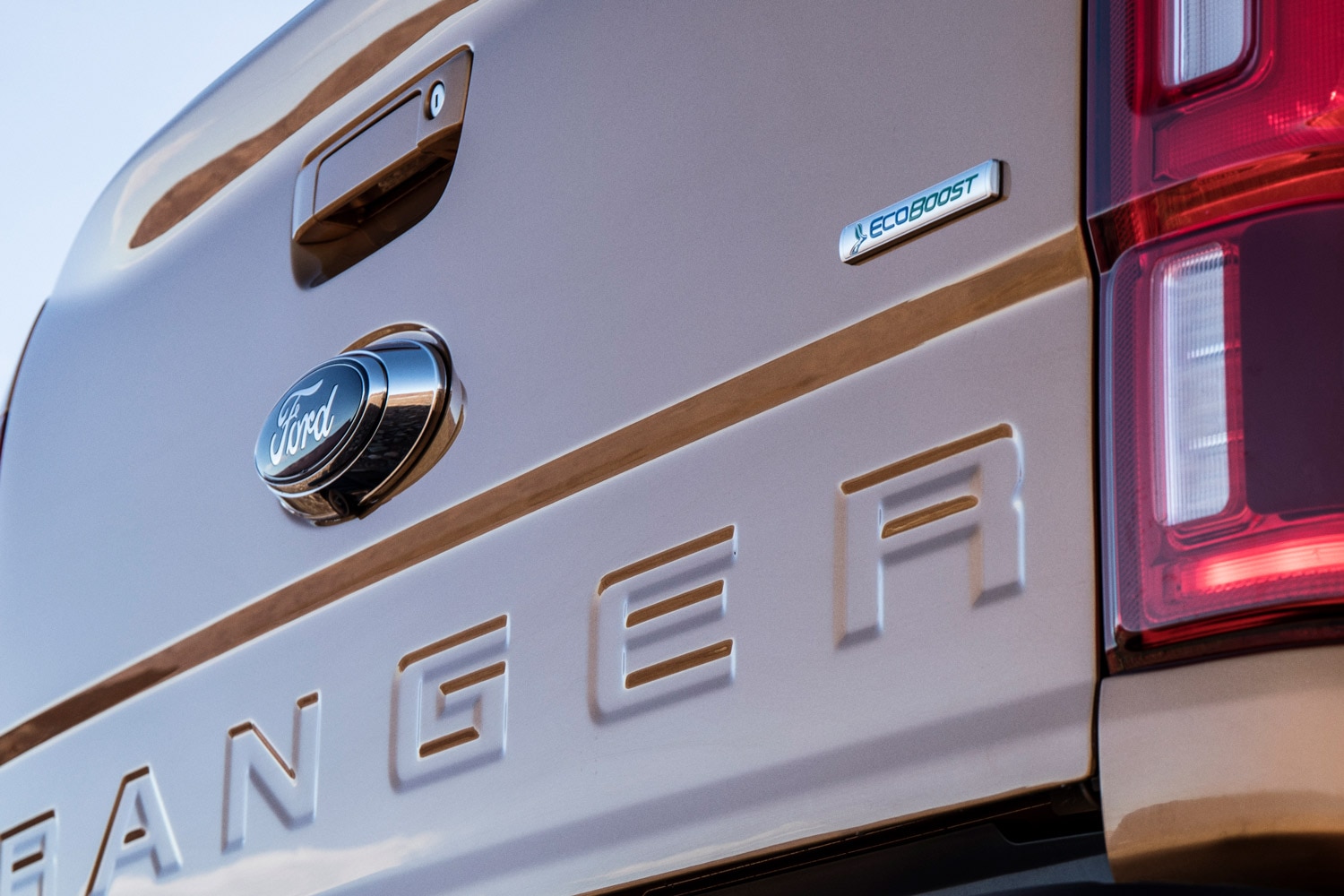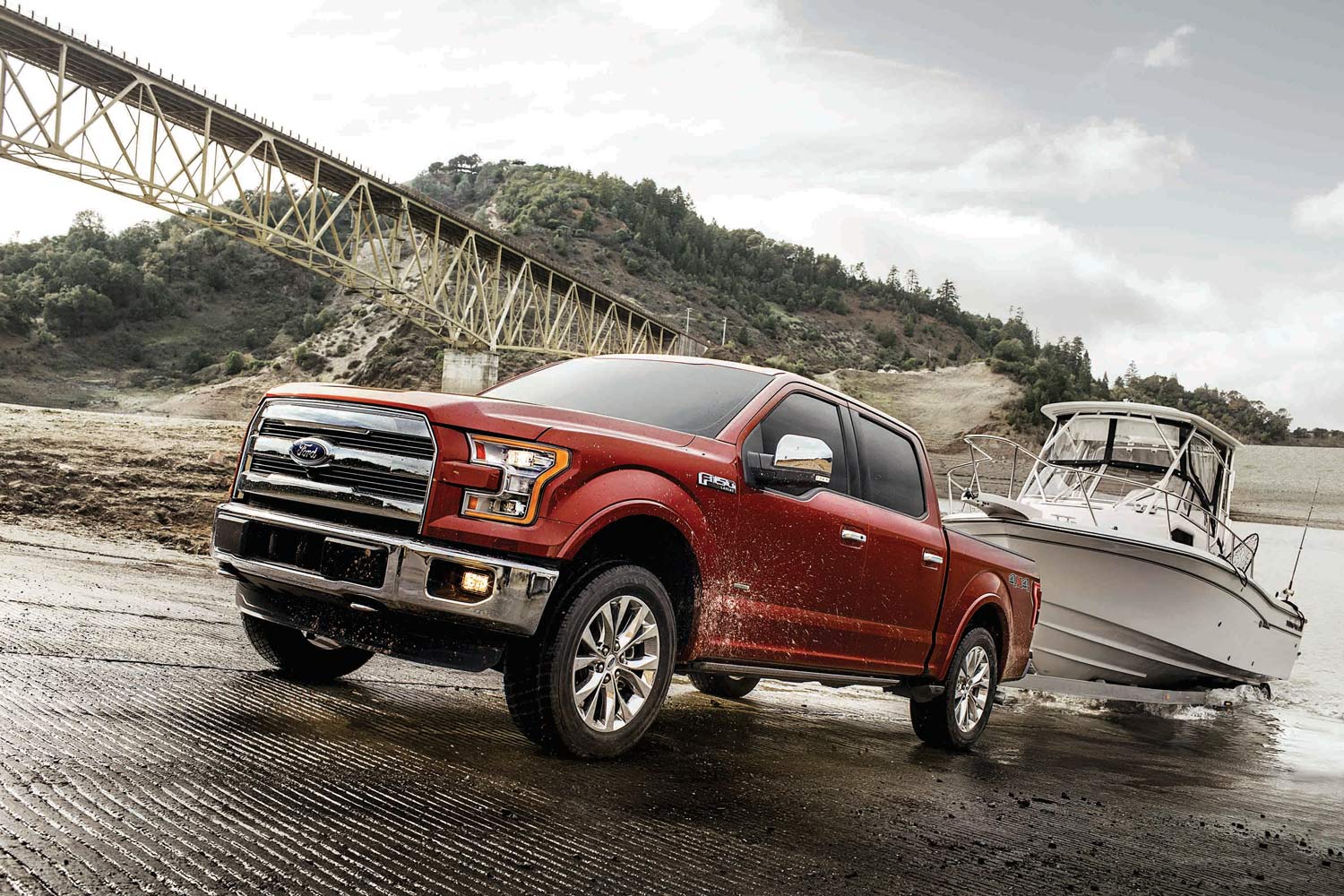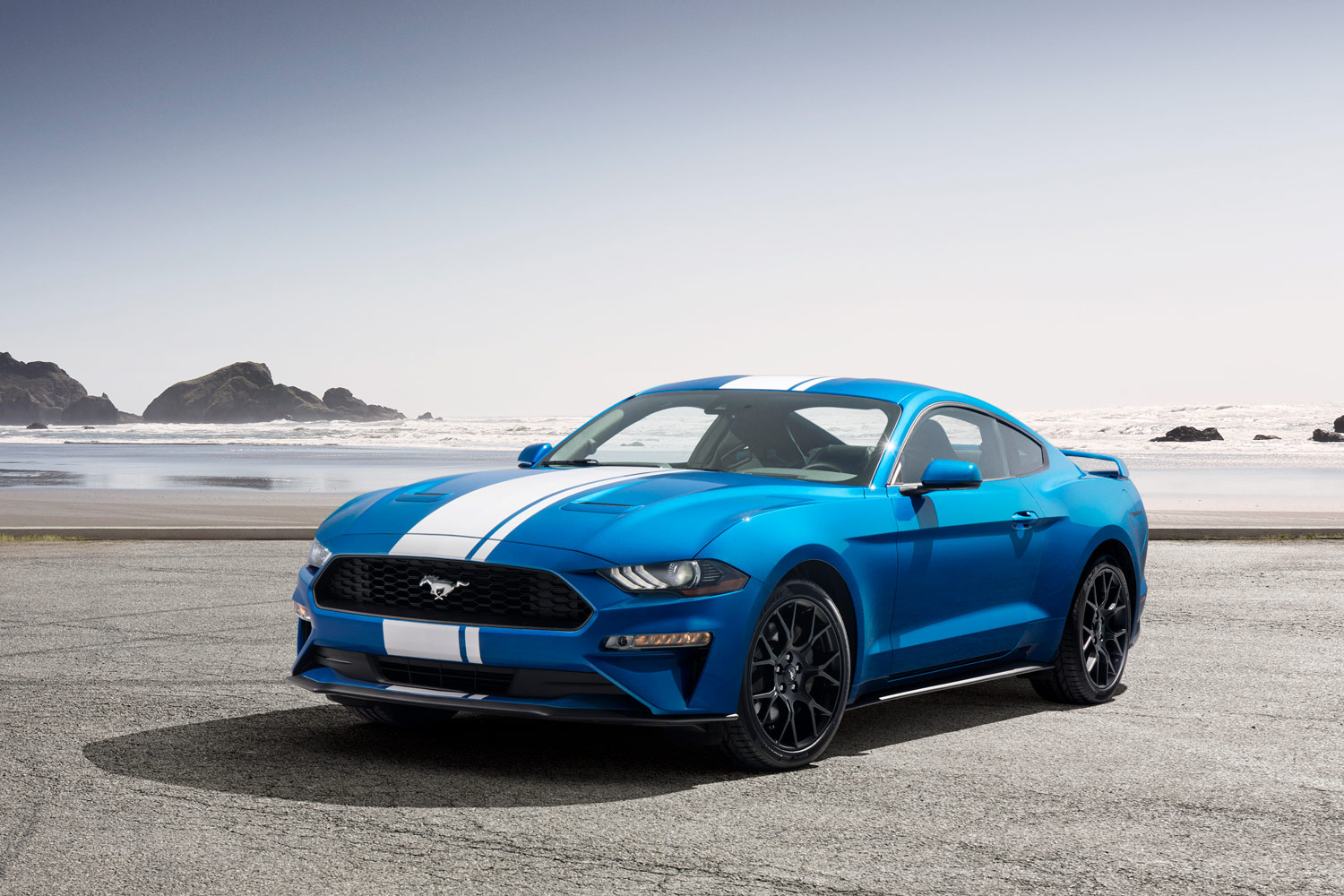EcoBoost: How Ford Used Turbos to Build a Household Name
The automaker shifted the perception of turbocharged engines, even if the actual benefits were not revolutionary.
 Ford
Ford
Article QuickTakes:
The late 2000s were a challenging time for automakers in the United States. The global economy melted down, gas prices were spiking, and the federal government announced significant increases in the Corporate Average Fuel Economy (CAFE) standards to decrease tailpipe emissions. Ford, the manufacturer of the best-selling vehicle in the U.S. for decades, the F-Series full-size pickup, was particularly affected as consumer demand for these guzzling vehicles plummeted.
Out of crisis, great ideas can be born. At the peak of these concerns in 2009, Ford introduced a new family of engines. They featured fewer and smaller cylinders, similar or enhanced horsepower and torque outputs, improved fuel economy, and reduced emissions. The secret was turbocharging, where an engine's exhaust gas spins an air compressor to force air into the cylinders, allowing them to burn more fuel faster — kind of like blowing air into a campfire.
But it wasn't so much that turbocharging was the achievement; it was how the Blue Oval rolled it out to the public. Ford dubbed it EcoBoost.
 Ford
Ford
What's in the EcoBoost Name?
Ed Kim is the president and chief analyst of AutoPacific, an automotive research and consulting firm. He believes there's nothing exotic about EcoBoost, he said. "It's just a downsized engine with a turbo strapped to it."
The EcoBoost name, according to Kim, "was a very masterful marketing exercise in the sense that it took some pretty well-established technology but then attached a name to it that fit and that really spoke to the things that were happening in the industry at that time."
Ford's EcoBoost name has environmental and potency connotations, said David Placek, founder of Lexicon Branding, a corporate nomenclature firm. Work by his company has included creating the model names Outback and Forester for Subaru, Scion for Toyota, and Metris for Mercedes, as well as consumer staples such as Swiffer, Febreze, and Pentium. "Many companies were trying to do something blue, something climate-based, back then," he said. "I think EcoBoost does that. The Eco is obvious. The Boost, if you're an English speaker, shows I'm going to get something out of this."
To some it might sound more compelling than the first name Ford suggested for this tech: Twin Force.
"It's unlikely to spark much in the way of imagination," Placek said of this moniker. "Cognitive scientists tell us that our brains are a bit on the lazy side. So, clunky, complex terms, we just kind of walk past. Also, I think it's a little bit unfriendly. Force has a negative side."
 Ford
Ford
Ford's EcoBoost Shifted the Perception of Turbocharged Engines
The EcoBoost name accomplished something quite profound. It changed consumer understanding of what turbocharging was and what it could achieve.
Turbo technology was first used in the auto industry in the 1960s by General Motors to pull more performance from smaller motors. Turbocharging accomplished this goal and catalyzed further implementation from European automakers such as Saab, BMW, and Porsche in the 1970s. However, it did so with many drawbacks. And these concerns stuck in the minds of car buyers.
"With the early turbos of the 1970s and '80s," Kim said, "there were a lot of unreliable engines that required more maintenance, the engines wore out faster, the turbos themselves had problems."
Ford overcame these issues with EcoBoost. To demonstrate its faith in the setup, it rolled out the name with its bestselling product, the F-Series full-size pickup. "They didn't start with a tiny three-cylinder engine that produces four-cylinder power," Kim said. "Instead, the EcoBoost V6 provides all the power of a V8 but with much better fuel economy."
Once the truck guys accepted it, Ford quickly rolled out a range of smaller EcoBoost engines for other models.
 Ford
Ford
EcoBoost Becomes Generic for Turbocharging
The automotive industry didn't exactly copy Ford, but the consumer and emission regulation challenges left little choice but for automakers to adopt a similar engine strategy of downsizing and turbocharging. Such engines proliferated throughout the market, even in luxury vehicles, trucks, and SUVs.
Since Ford was among the first and one of the few to provide a compelling name, the brand caught on.
"Around the office, when downsized turbo engines became really common,"Kim said, "it almost became a generic [name], like Kleenex. We were using the word EcoBoost internally to describe downsized turbos, not just at Ford, but in general."
 Ford
Ford
A Mixed Legacy for Turbochargers
Turbocharged engines are now ubiquitous, and average new vehicle fuel economy has increased, according to the Environmental Protection Agency, which tests nearly every new vehicle on the market. However, the circuit on which the EPA conducts testing is biased toward vehicles with turbocharged, smaller displacement engines, and these gains might not necessarily translate into actual practice.
"[Turbocharged engines] do well on the EPA cycle because you're not really accelerating very hard," Kim said, "so it's basically acting like a smaller engine without a turbo. But in the real world, when you're actually putting your foot in it, then the turbo is active and creating boost and using just as much fuel as a much larger engine."
The rollout of these engines has also coincided with a form of underhood agnosticism, where consumers are unaware or unconcerned with what is powering their vehicle. Kim has absolutely noticed a significant decline in those who care about the number or size of the cylinders under the hood. "That's very different from, say, 20 years ago," Kim said. "Now, it's really more about what does it deliver. Does it deliver the performance, fuel economy, and refinement that I expect? And as long as the engine provides that, by and large, people don't seem to really care."



